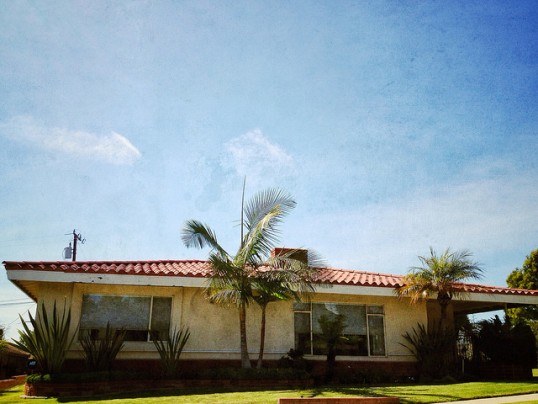New data released by the U.S. Department of Commerce’s Census Bureau shows the homeownership rate was 64.7 percent during the second quarter of 2014. That’s down from an all-time high of 69.2 percent in 2004 and slightly lower than last year at this time. According to the official data and many media reports, the homeownership rate’s recent decline has been particularly focused among young adults and first-time buyers. The theory is that the housing market’s recovery has been slowed by a lack of young home buyers forming households of their own. However, a new analysis from Trulia’s chief economist, Jed Kolko, shows that it may, in fact, be middle-aged Americans – not millennials – who are missing from the homeownership equation. According to Kolko, when compared to the pre-bubble years of the late 1990s, homeownership levels among young adults are relatively unchanged and the rate among Americans between 35 and 54 years old has dropped. This is primarily due to the fact that younger Americans are getting married and starting families later in life. Because of this, the homeownership level among 18-to-34 year olds – though lower than the historical average – may represent the new normal. Middle-aged homeowners, on the other hand, would’ve been the first-time buyers of 10 years ago. And, because they would’ve been buying homes at the peak of the housing bubble, they would’ve been hardest hit by the subsequent crash. According to Kolko, this explains the decline in homeownership among middle-aged Americans. More here.
Dennis Jones
The Mortgage Blog of Dennis Jones

Connect With Me:
About Me:
Dennis Jones is a mortgage professional in Birmingham, MI. Dennis has 12 years of industry experience and a commitment to achieving his clients' goals.Contact:
Dennis Jones
Mortgage Professional
1234 Maple Rd.
Birmingham, MI 48009
Office: 248-555-1212
Cell: 248-555-1234
Fax: 248-555-1235Popular Topics:
affordability chief economist confidence David Crowe Dennis Jones doug duncan economists economy existing home sales fannie mae FHA fixed rate mortgages Frank Nothaft freddie mac good time household formation housing market HUD interest rate interest rates Jed Kolko Lawrence Yun MBA measures metro areas metropolitan areas Michigan Mortgage mortgage rates mortgages nahb NAR new homes new single family norms optimism purchase index Refinance Index respondents Rick Judson sales pace spike Strategic Research Group vice presidentArchives
- November 2024
- October 2024
- September 2024
- August 2024
- July 2024
- June 2024
- May 2024
- April 2024
- March 2024
- February 2024
- January 2024
- December 2023
- November 2023
- October 2023
- September 2023
- August 2023
- July 2023
- June 2023
- May 2023
- April 2023
- March 2023
- February 2023
- January 2023
- December 2022
- November 2022
- October 2022
- September 2022
- August 2022
- July 2022
- June 2022
- May 2022
- April 2022
- March 2022
- February 2022
- January 2022
- December 2021
- November 2021
- October 2021
- September 2021
- August 2021
- July 2021
- June 2021
- May 2021
- April 2021
- March 2021
- February 2021
- January 2021
- December 2020
- November 2020
- October 2020
- September 2020
- August 2020
- July 2020
- June 2020
- May 2020
- April 2020
- March 2020
- February 2020
- January 2020
- December 2019
- November 2019
- October 2019
- September 2019
- August 2019
- July 2019
- June 2019
- May 2019
- April 2019
- March 2019
- February 2019
- January 2019
- December 2018
- November 2018
- October 2018
- September 2018
- August 2018
- July 2018
- June 2018
- May 2018
- April 2018
- March 2018
- February 2018
- January 2018
- December 2017
- November 2017
- October 2017
- September 2017
- August 2017
- July 2017
- June 2017
- May 2017
- April 2017
- March 2017
- February 2017
- January 2017
- December 2016
- November 2016
- October 2016
- September 2016
- August 2016
- July 2016
- June 2016
- May 2016
- April 2016
- March 2016
- February 2016
- January 2016
- December 2015
- November 2015
- October 2015
- September 2015
- August 2015
- July 2015
- June 2015
- May 2015
- April 2015
- March 2015
- February 2015
- January 2015
- December 2014
- November 2014
- October 2014
- September 2014
- August 2014
- July 2014
- June 2014
- May 2014
- April 2014
- March 2014
- February 2014
- January 2014
- December 2013
- November 2013
- October 2013
- September 2013
Meta
